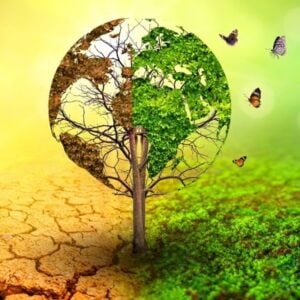Nearly 500 million hectares of forest—equivalent to about 750 million football pitches—have been lost globally since 1990. However, deforestation has slowed in every region of the world over the past decade, according to the UN Food and Agriculture Organization (FAO). Deforestation refers to the loss of forest cover or its conversion to other uses, such as urban development or wasteland. Over the past ten years, the world has been losing around 10.9 million hectares of forest annually, a decline from 13.6 million hectares per year in the preceding decade and 17.6 million hectares before that.
The FAO’s latest forest assessment report, published every five years, revealed this encouraging trend. The report provides a comprehensive analysis of global and regional forest trends using data from remote sensing technologies, such as satellite imaging, combined with national reporting. These assessments help monitor whether countries are meeting international climate and environmental commitments, such as those under the Paris Agreement, and guide global decision-making, policies, and investments related to forest conservation and ecosystem services.
Globally, one-fifth of forests are legally protected, accounting for 251 million hectares of additional protected forest since 1990. Asia has the highest proportion of legally protected forests at 26 percent. Beyond protection measures, over half of all forests are managed for purposes including timber and bioenergy production, soil and water conservation, biodiversity protection, and tourism. Europe leads in forest management, with 94 percent of its forests under some form of sustainable use. Ownership of forests is predominantly public, comprising 71 percent of the world’s forests as of 2020, while Indigenous Peoples and local communities own significant areas, particularly in North and Central America, totaling 41.6 million hectares.
Despite these positive developments, forests continue to face threats from climate change, fires, pests, and diseases. Wildfires affect an average of 261 million hectares of land annually, nearly half of which is forested. Additionally, in 2020, around 41 million hectares of forest were damaged by insects, diseases, and extreme weather events. In response to these ongoing challenges, efforts to monitor and protect forests are being strengthened, including initiatives such as the Forest Pavilion at the upcoming COP30 UN climate conference in Brazil, which will highlight biodiversity conservation and sustainable development.







